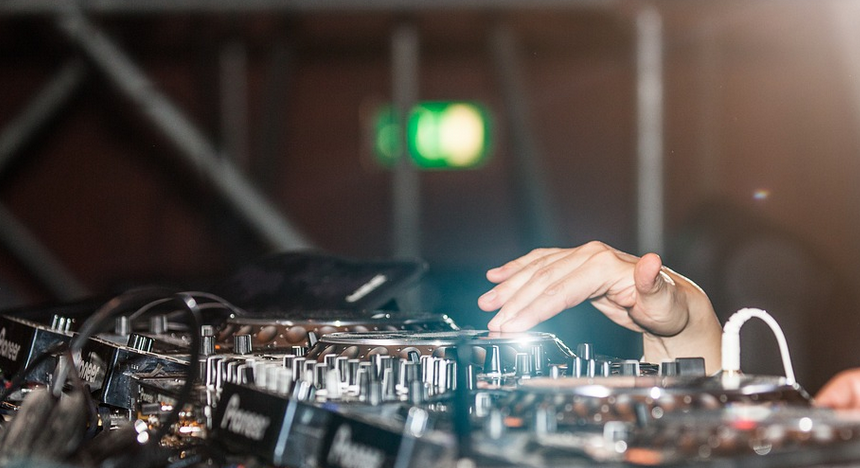Prepping for the Power Switch
The 2017 Ford Mustang, with its iconic design and exhilarating performance, relies on a robust battery to keep your engine humming. However, like any other vehicle component, batteries have a lifespan, and eventually, they’ll need to be replaced. This guide will walk you through the process of swapping out a battery in your 2017 Mustang, offering insights into the procedure and potential challenges along the way.
Why The Battery Needs Replacing
A car’s battery is its energy source, converting chemical energy into electrical energy to power the starter motor and fuel systems. Over time, this process leads to a gradual decline in battery capacity. As your Mustang accumulates miles, it’ll become more susceptible to voltage drops, resulting in sluggish acceleration, reduced starting performance, and even engine stalls.
Several factors contribute to battery wear and tear, impacting its longevity. These include frequent deep discharges, extreme temperatures (hot or cold), vibrations from driving, improper charging, and prolonged exposure to moisture.
Choosing the Right Battery: A Guide
While a standard replacement is often sufficient for most 2017 Mustang owners, ensuring compatibility is crucial. It’s best to consult your owner’s manual or reach out to a Ford dealership for guidance on selecting the exact battery model that fits your Mustang. This ensures optimal performance and compatibility with your vehicle.
A variety of batteries are available in the market, each featuring distinct features such as size, amp-hours (measured capacity), cold cranking amps (CCA), and reserve capacity (RC). Consider factors like your driving habits and anticipated future needs when choosing a battery.
Preparing for the Battery Swap
Before you begin this process, it’s crucial to prepare your workspace and tools. Ideally, park your Mustang on level ground with ample space around the vehicle.
Start by locating your car’s battery cover, which is typically accessed through a panel beneath the engine compartment. Once you locate the cover, follow the manufacturer’s instructions for removal. Some covers require special tools for loosening or removing them.
The Battery Swapping Process
With the battery cover removed, you’ll be looking at the internal components of your Mustang’s battery. The positive (+) and negative (-) terminals will be clearly marked on the battery’s structure. These terminals are designed to connect to the vehicle’s electrical system.
Removing the Old Battery
Once the old battery is identified, you can begin to disconnect it from the car’s electrical system. To do this safely and efficiently, consult your owner’s manual for specific instructions on disconnection procedures.
Installing the New Battery
The installation of a new battery involves carefully connecting its terminals to the vehicle’s electrical system while ensuring proper orientation. Ensure that the positive (+) terminal is connected to the corresponding positive (+) terminal on the car, and the negative (-) terminal to the corresponding negative (-) terminal.
Final Checks: Safety First!
Once you have successfully installed the new battery, it’s important to test its functionality by starting the engine. If the vehicle starts smoothly and without any issues, verify that the connections are secure and firm.
Before shutting off the engine, double-check the battery terminals for tightness and proper connection.
Remember that working on your car’s electrical system can pose risks if not undertaken carefully. Always prioritize safety by using protective gear like gloves and goggles, disconnecting the negative terminal first before starting the process.
Post-Battery Installation Routine
After completing the battery swap, it’s essential to finalize a few steps for optimal performance:
1. **Charge the Battery:** Connect your Mustang’s battery charger to replenish the power of the new battery. Ensure the charger is compatible with your specific battery model.
2. **Drive it:** Take your 2017 Mustang for a leisurely drive, allowing the alternator to fully charge the new battery. This will help ensure its proper functioning and optimal lifespan
Looking Ahead: Battery Maintenance
Maintaining your car’s battery is key to ensuring optimal performance. While you’ve just completed the initial battery replacement, it’s important to consider preventative maintenance measures. These include:
1. **Regular Cleaning:** Clean the battery terminals regularly with a cleaning solution and dry them thoroughly after each time.
2. **Battery Fluid Check:** Regularly check your car’s battery fluid level and top it off as needed. Check your owner’s manual for specific instructions on your particular model
Conclusion: A Smooth Ride Ahead!
Replacing a battery in your 2017 Ford Mustang is an achievable task that can extend the life of your vehicle’s electrical system and powertrain.
By following these steps carefully, you’ll not only save on potential repair costs but also ensure increased driving comfort and performance. Always prioritize safety when working on your vehicle’s electrical system and consult your owner’s manual for additional details on the specific components of your Mustang.
